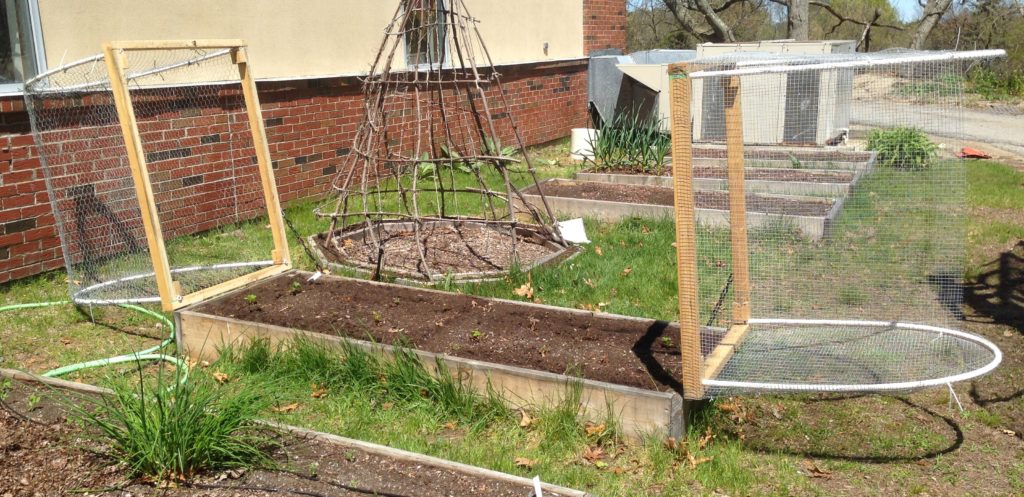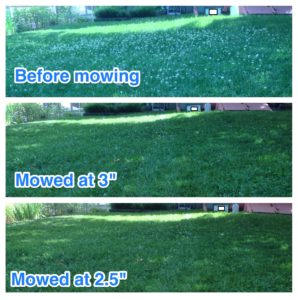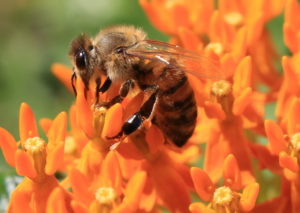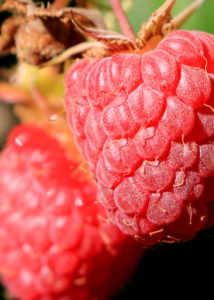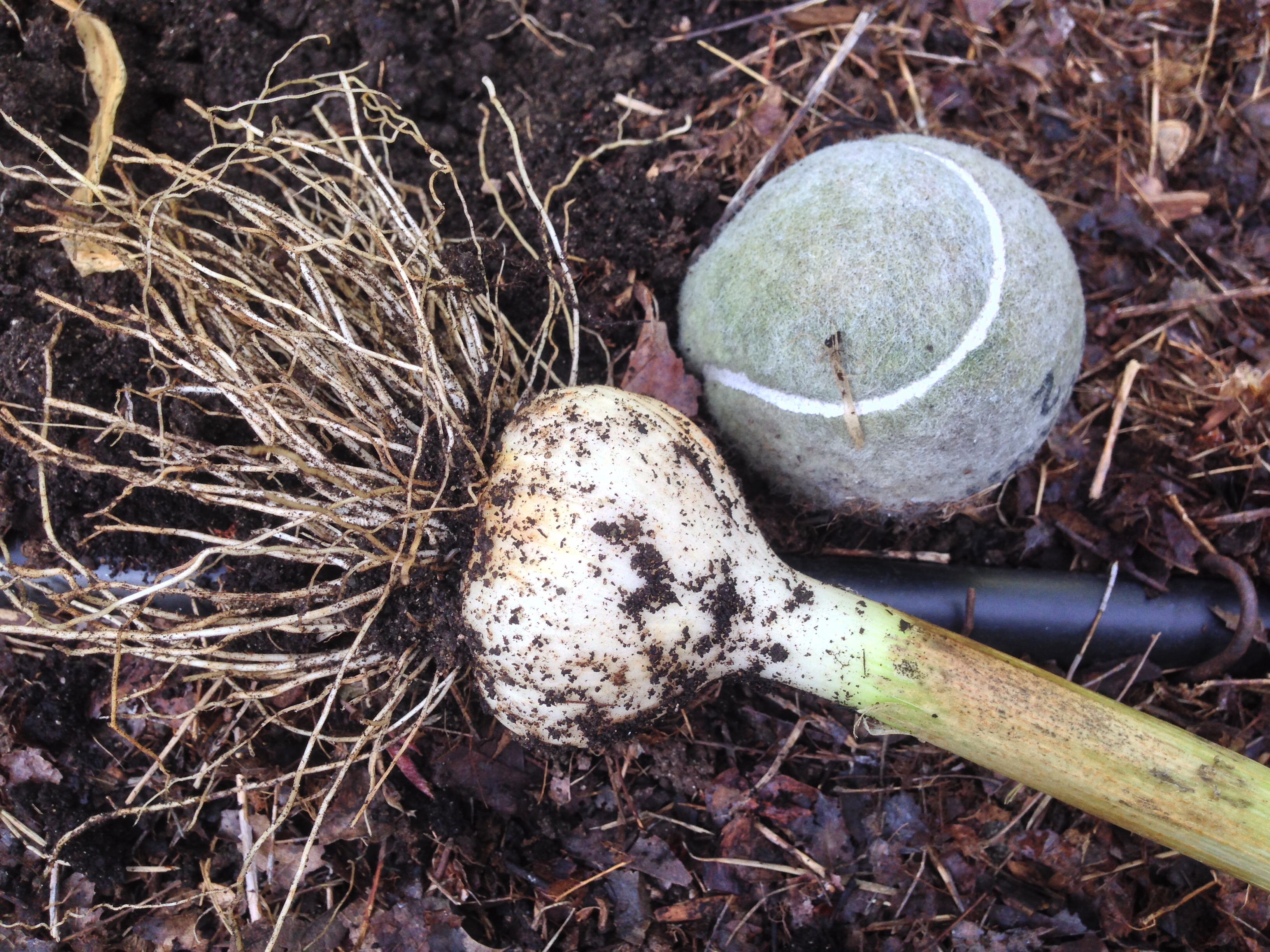 “You can’t always get what you want.”
“You can’t always get what you want.”
For eight years I’ve been growing all my own garlic, for consumption and “seed” garlic to grow the next year’s crop. Garlic is, as I’ve said previously, one of the easiest and enjoyable crops to grow.
Unfortunately, something went wrong this year.
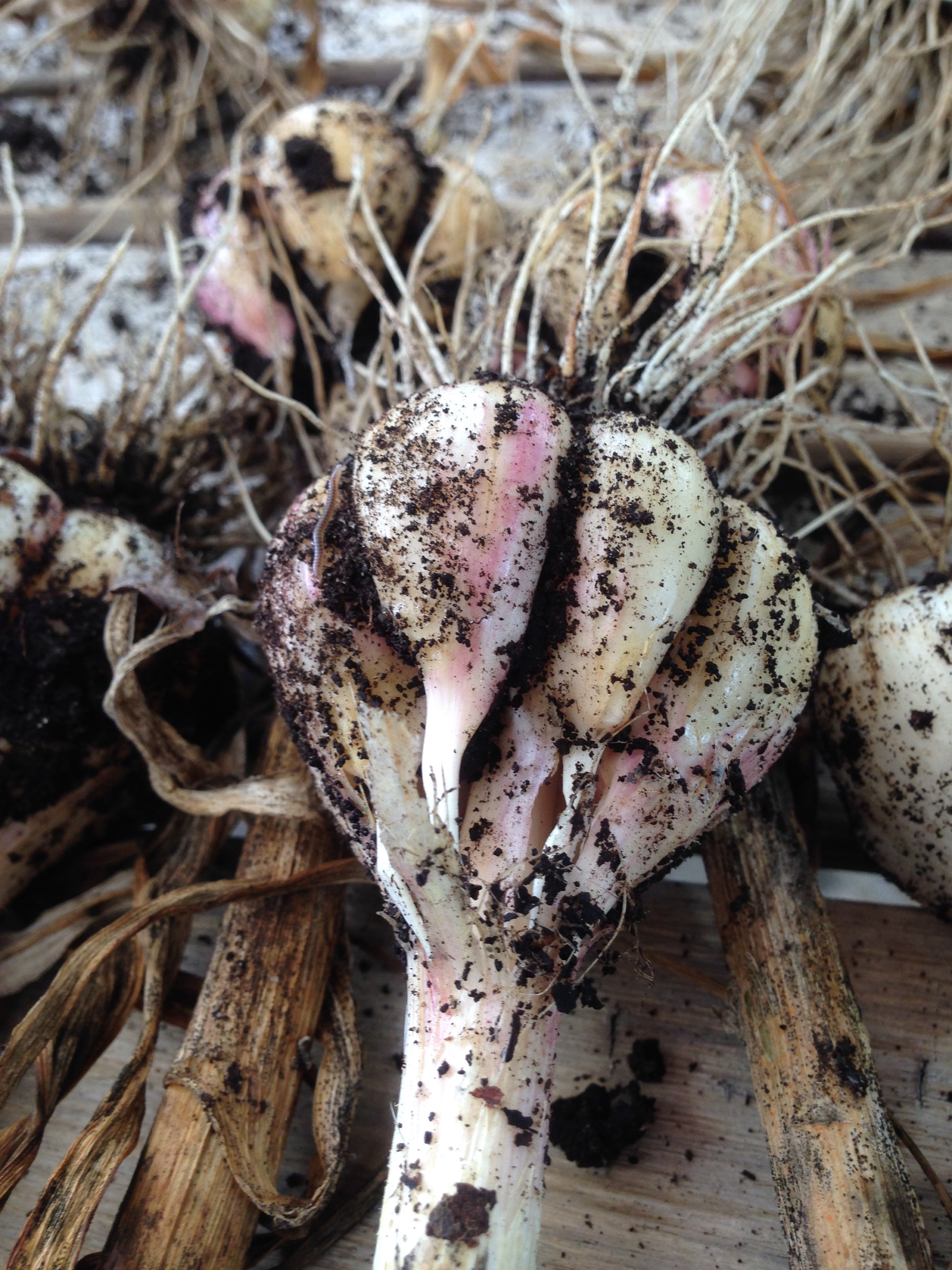 My garlic is usually done before others on my area, but I always chalk it up to varieties(I grow German and Music varieties) and the oddities of micro climates.
My garlic is usually done before others on my area, but I always chalk it up to varieties(I grow German and Music varieties) and the oddities of micro climates.
This year it was done, as exhibited by leaves browning, significantly earlier than others around me, and the results weren’t pretty.
The heads were either already splitting (typically a sign they’ve been left in the ground too long) or significantly smaller than usual.
 Why? I don’t know, but even experienced farmers have crop failures, and not spending a penny on garlic for eight years seems a pretty good run, to me. A bummer for sure, but certainly not a tragedy. (Garlic I grow at several other locations seems be just fine. Still, I’m not seeing any evidence to suggest insect or disease as the cause in my home garden.)
Why? I don’t know, but even experienced farmers have crop failures, and not spending a penny on garlic for eight years seems a pretty good run, to me. A bummer for sure, but certainly not a tragedy. (Garlic I grow at several other locations seems be just fine. Still, I’m not seeing any evidence to suggest insect or disease as the cause in my home garden.)
Soon I’ll buy enough new seed garlic, enough to continue growing 180 plants, and hoping that they’ll last a good long time – at least another eight years.
(Here is how I grow garlic.)

 “You can’t always get what you want.”
“You can’t always get what you want.” My garlic is usually done before others on my area, but I always chalk it up to varieties(I grow German and Music varieties) and the oddities of micro climates.
My garlic is usually done before others on my area, but I always chalk it up to varieties(I grow German and Music varieties) and the oddities of micro climates. Why? I don’t know, but even experienced farmers have crop failures, and not spending a penny on garlic for eight years seems a pretty good run, to me. A bummer for sure, but certainly not a tragedy. (Garlic I grow at several other locations seems be just fine. Still, I’m not seeing any evidence to suggest insect or disease as the cause in my home garden.)
Why? I don’t know, but even experienced farmers have crop failures, and not spending a penny on garlic for eight years seems a pretty good run, to me. A bummer for sure, but certainly not a tragedy. (Garlic I grow at several other locations seems be just fine. Still, I’m not seeing any evidence to suggest insect or disease as the cause in my home garden.)
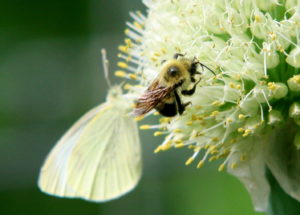

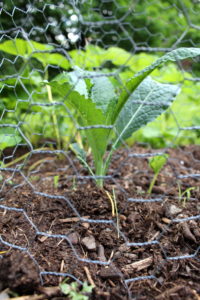
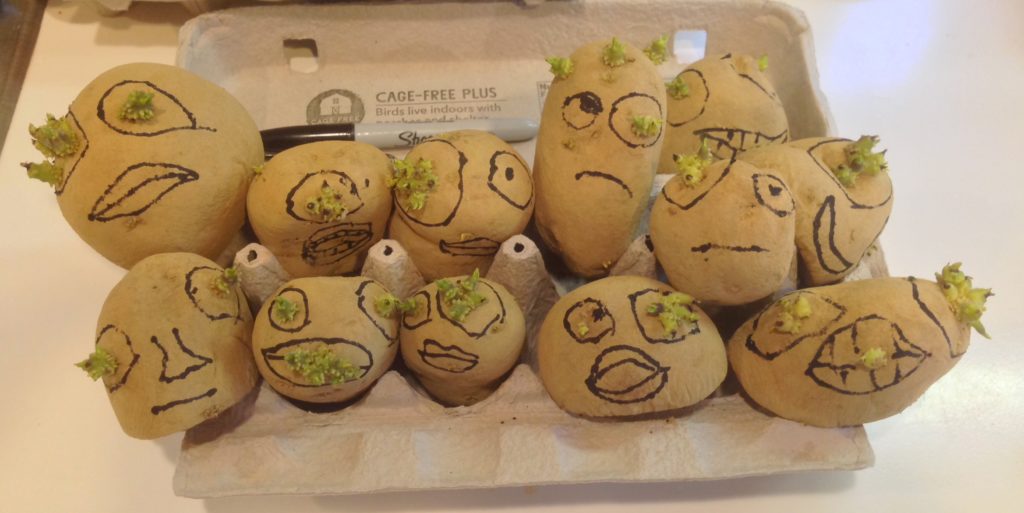 Briefly, here is how I plant potatoes with preschoolers. My preference is to set things up so it is as easy as possible, especially because I’m working with 3-5 year olds.
Briefly, here is how I plant potatoes with preschoolers. My preference is to set things up so it is as easy as possible, especially because I’m working with 3-5 year olds. 
